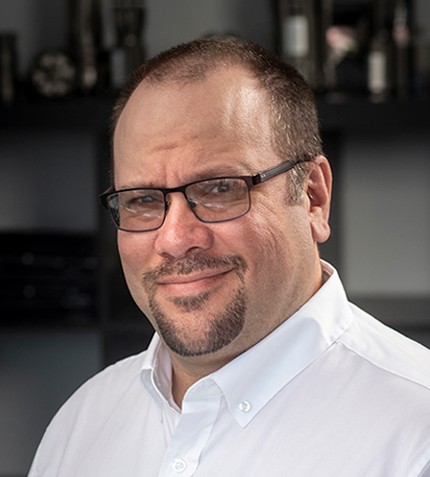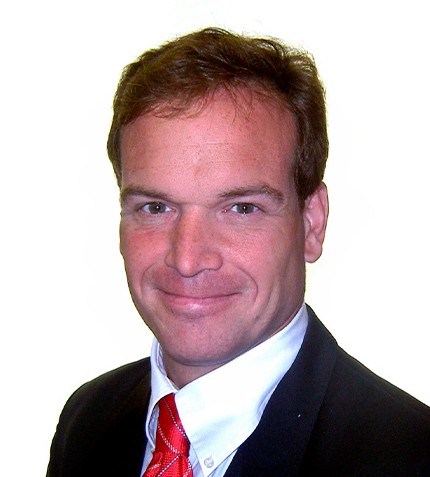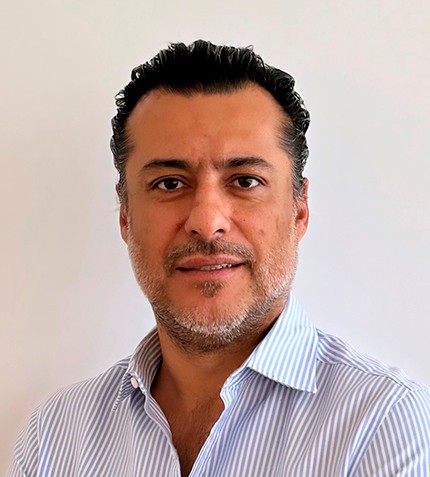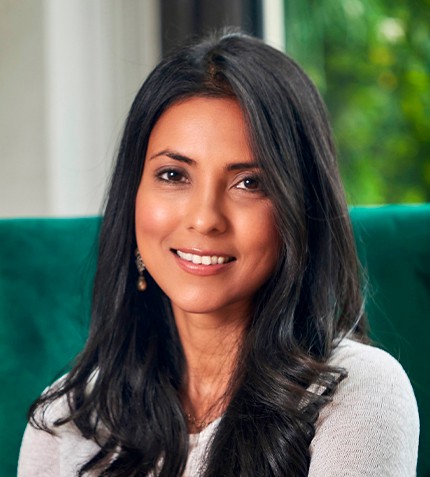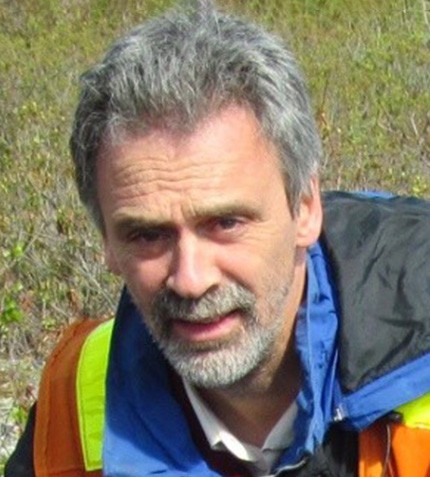
“To be able to grow, you need to offer something to the world that nobody else has, which we believe we are doing with our services.”
Réjean Girard
CEO AND GENERAL MANAGER, IOS SERVICES GEOSCIENTIFIQUES
IOS Services Geoscientifiques celebrated its 30th anniversary in 2022. How is the company evolving?
IOS Services is in the process of transferring the company’s ownership to employees and hopes to complete this process soon. Establishing a structure that is attractive to the acquirers takes around two years. I am confident this takeover will positively change the image of the company, as we are teaming up with young people with fresh ideas and a lot of will power.
In our last strategic meeting, we kept the plan that roughly half of the business will come from juniors, a quarter from majors, and a quarter from government. In the current market, the big money is with the juniors. Working with the government is less profitable, but if the market crashes, it will be our bread and butter. To expand globally, we have to reach out to major companies.
The industry has moved from chemistry to mineralogy in terms of exploration techniques. Can you elaborate on why this is?
Nickel mines do not sell nickel, they sell pentlandite, which is the mineral that contains nickel. Copper mines sell chalcopyrite. Mining is about minerals, not metals. The industry is moving from measuring metals towards quantifying valuable minerals, as mines make their money by selling mineral concentrate. The value of mineral concentrate is not dependent only on the amount of metal there is, but instead on which minerals contain the metals. This changes the mindset of how mining, mineral processing, and consequently exploration is done.
Looking at geometallurgical challenges such as the nugget effect of gold, how can you help solve gold grain size distribution?
This is a good application of quantitative mineralogy. When doing gold assays, you are pulverizing rocks to determine the amount of gold they contain. In a typical gold deposit, large grains or nuggets account for a large proportion of the metal content, but have an erratic distribution. Any attempt to divide a sample by taking alternate shovels or duplicates will invariably yield erratic results. So we developed techniques to measure the size and abundance of the gold grain in a sample set. Through mathematics, we can model the abundance of large grain and then circumvent the nugget effect. So instead of replicating the assays to get the right number, once we control the grain size distribution, the effect of those larger grains can be predicted and the grade compensated in a less expensive and more accurate manner.
Can you provide an example of how IOS Services employs artificial intelligence in its solutions?
When we do gold exploration and process sediments to extract gold grains, the shape of the gold grain gives several clues about the type of deposit it comes from. We have developed algorithms that can recognize the shape of the gold grain according to the type of deposit. This is not bullet proof, but it gives an idea of the rock type containing the gold, and from that you can adopt your geophysical techniques.
How do shortages such as a lack of helicopters, drills or qualified people impact the industry?
In a complex project, if one segment of the supply chain is missing, the whole chain fails. A project is dependent on the supply and availability of drillers, geologists, helicopters, hotels, laboratories, trucks, etc. If the drill rig brakes, and it takes weeks to get replacement parts, what is to be done with the helicopter and trucks? By the time the drill is available, the helicopter or trucks might not be. The way in which we circumvent these challenges is by not looking at it project by project, but rather by chain of production in which we build a team with mid-term contracts for suppliers or partners.
What is your vision for the future of IOS Services?
IOS Services had to make a choice either to be a big fish in a tank or a small fish in the ocean. We have decided upon the latter. To be able to grow, you need to offer something to the world that nobody else has, which we believe we are doing with our services.




